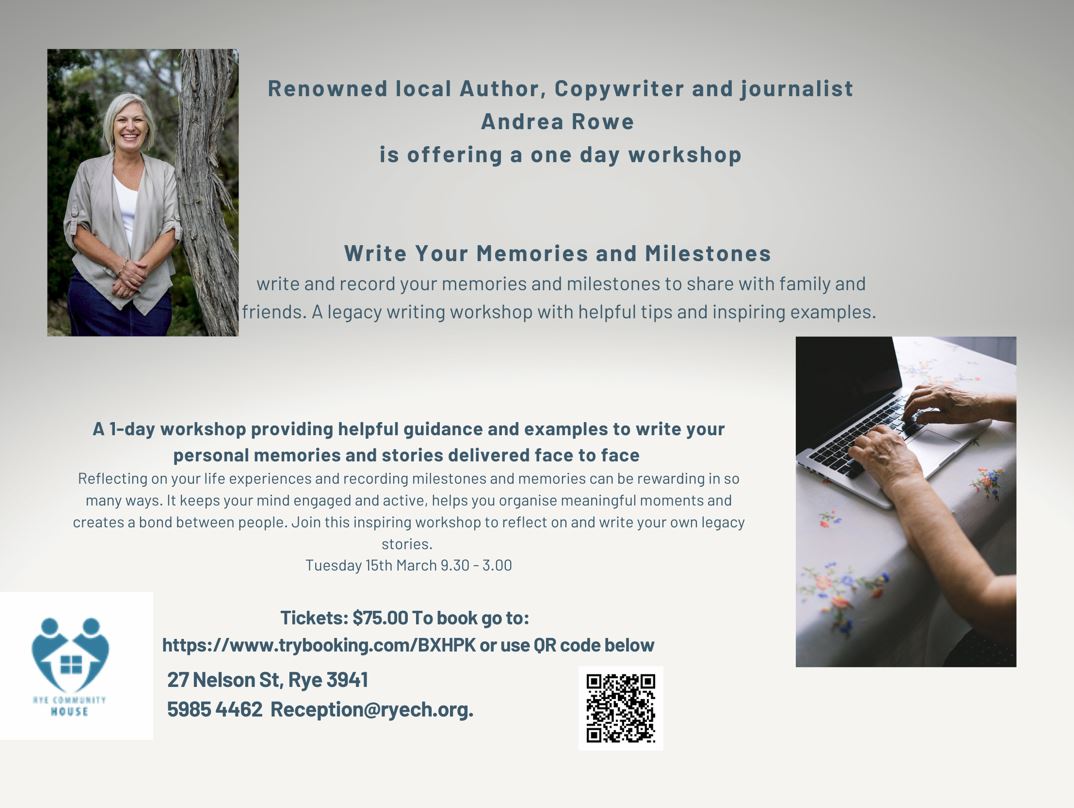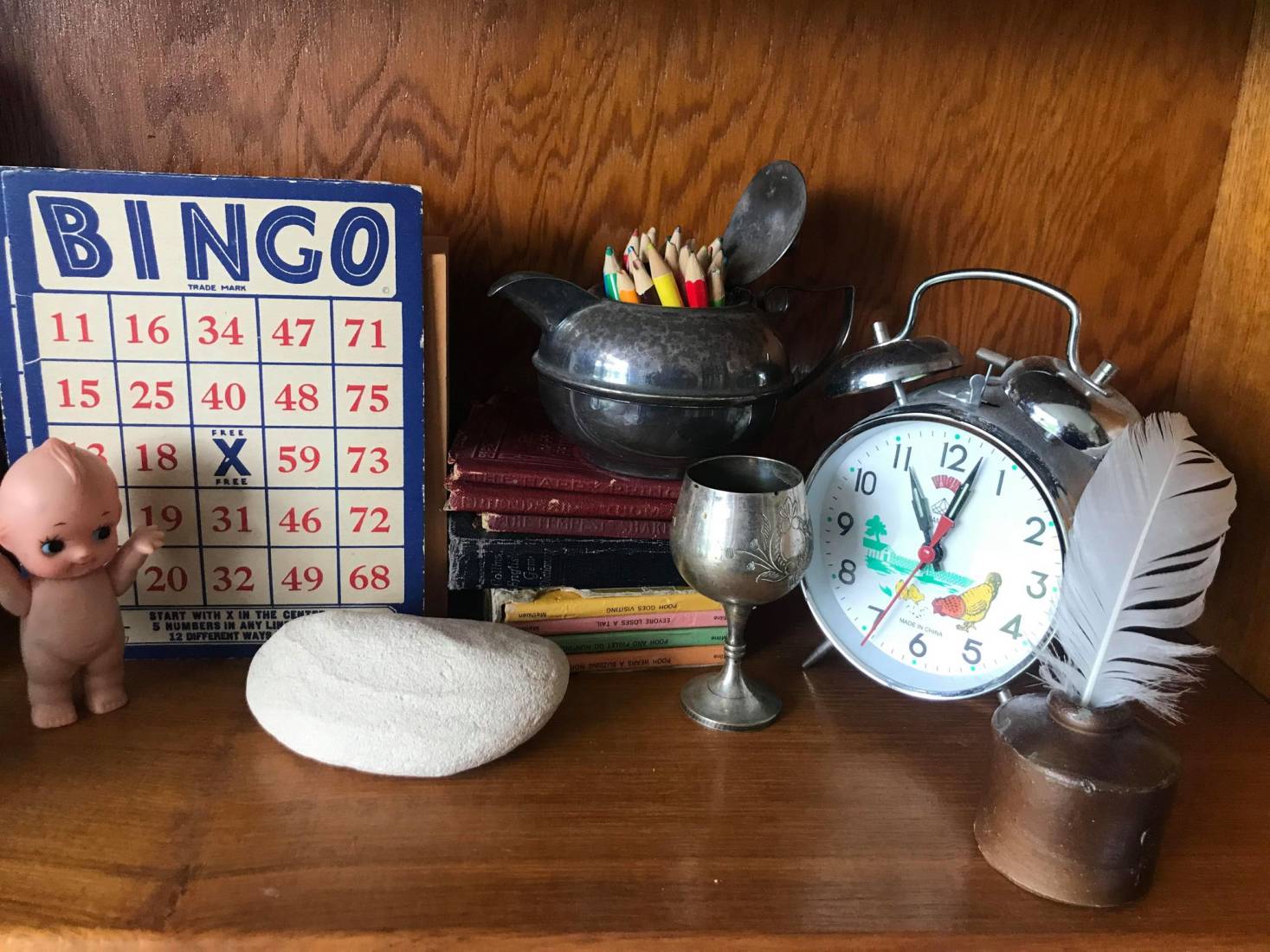

Stories we share, legacies we leave
One of the most rewarding offerings of my consulting work is the Legacy and Milestone writing workshops I present through libraries, community centres, community associations and historical organisations.
I help folks plan for and develop writing their Legacy and Milestone stories to pass on to family.
Something some folks find useful to help anchor their story is an epigraph.
An epigraph is like a little appetizer at the start of a story, usually appearing on the first page of a novel, before the action begins, or, it can make appearances throughout a story. It can be especially powerful at the end of a manuscript as well.
Readers might also see it pop up in-between parts of a book, to help the transition of the narrative.
Or an epigraph can also be super sneaky and lead a reader into one train of approach, while the actual content of the story subverts this expectation, and the epigraph can be taken more sardonically.
The main thing to keep in mind with an epigraph is that the chosen text should relate back to the story, whether it’s foreshadowing events to come, highlighting a point that the author wants to make, or introducing a new theme to a new section of the work.
Check out these two favourite epigraphs of mine …
“Lawyers, I suppose, were children once.” —Charles Lamb
(From Harper Lee’s To Kill a Mockingbird)
“Come then, and let us pass a leisure hour in storytelling, and our story shall be the education of our heroes.” Plato, Republic Book II
(From Donna Tarrt’s The Secret History, A novel)
I’ll be running a 1-day condensed Legacy Writing workshop on the Mornington Peninsula on Tuesday 15th March at Rye Community House if you’d like to learn more.
